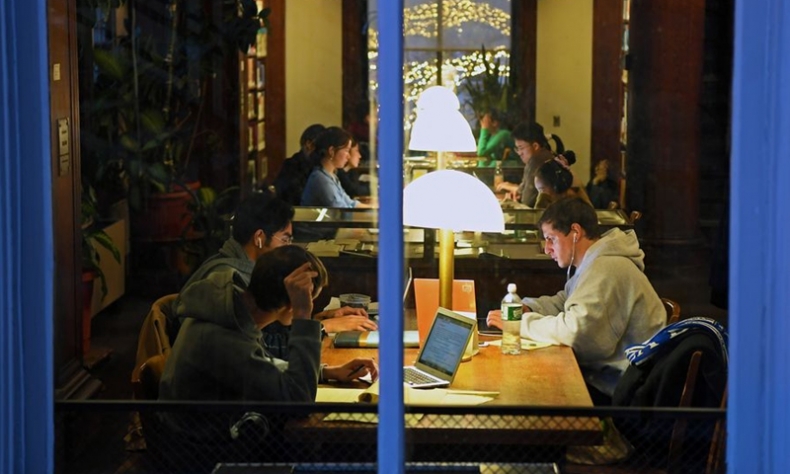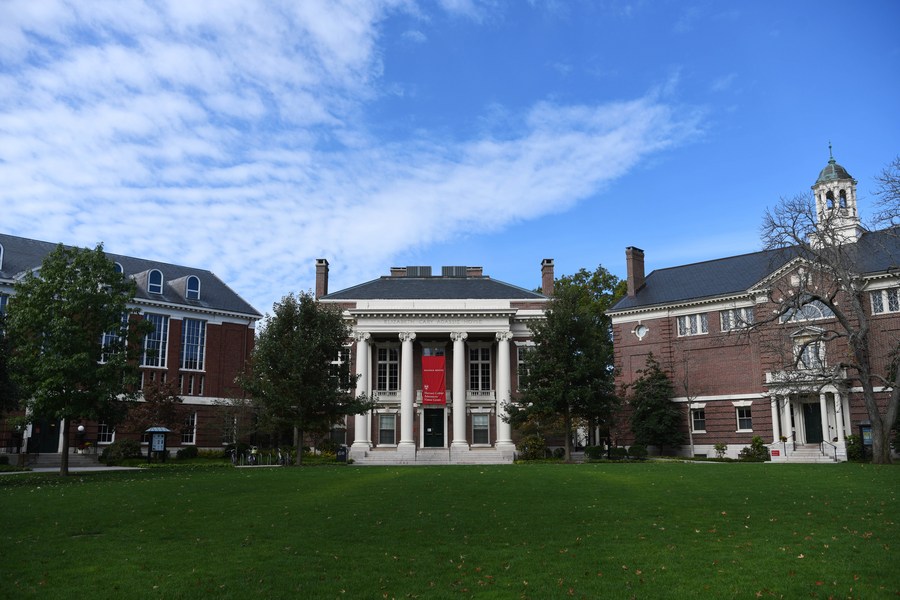Will Biden’s Student Loan Program Work?

Debt is the symptom of an exploitative educational system, not the cause. The Biden administration should try to decrease the price of tuition.
U.S. President Joe Biden’s meager approval ratings have risen from 37% to 42% since late summer. Still not in the territory of FDR, but at a time of hyper-partisan polarization, it is a more significant gain than presidents usually see.
Why did Biden suddenly become slightly more popular? There are a couple of factors. The bad inflation news has subsided somewhat. Also, as president, he has gotten a lot of things done lately, of which his base and many voters approve. One example is the gun safety bill. It makes it more challenging for violent people and people espousing violent viewpoints to obtain a gun. As I wrote at the time, it was a good idea, and it will be somewhat effective, but it will not prevent all, or even most, crimes.
Another was the bill to combat climate change. The law authorizes up to $400 billion for climate change mitigation. According to The Guardian, that’s the most the U.S. has ever spent on measures to slow or stop climate change.
The climate change bill was officially called the Inflation Reduction Act because it also had some things about inflation, healthcare and infrastructure thrown in, which came from a bill the Democrats had spent a year and a half trying to pass and failed miserably. Now Democrats have something to show their frustrated supporters. That’s good for their chances in the midterm elections. If voters aren’t excited, they won’t show up to vote.
What young Democratic voters really wanted, though, was for Biden to cancel their student loan debt. There are about 45 million Americans with student loan debt totaling $2 billion. Progressive activists think America’s debt-based educational system and economy are exploitative. Nina Turner, an Ohio-based activist, said, “Debt, because you decided to go and advance yourself through higher education, should not happen in this country.”
Democrats in Congress could never agree on how to do it, so Biden simply signed an executive order unilaterally erasing $10,000 in educational debt for each borrower.
But this obsession with debt misses the real problem. Debt is the symptom of an exploitative educational system, not the cause. The Biden administration should try to decrease the price of tuition. Paying off other people’s debt won’t solve the problems of anyone applying to college today or tomorrow.

The problem is that college is way too terrifyingly expensive in the first place. The average cost of four years of tuition fees at a private university in America is over $130,000. It is cheaper for students to attend a public university in their home state: about $40,000. But then you have to add in the cost of books, room and board, and other fees, which total about $90,000 per student attending a public university in their home state.
I don’t have to tell my international readers that university tuition in most other countries is far cheaper.
Look at it on an annual basis: Each year, attending college costs about a quarter of a median family’s income in America. That’s a family with both parents working and, on average, with two children.
And costs are skyrocketing at public universities!
From 2008 to 2019, the average tuition of private and non-profit universities across the country increased by 28.5%. Interestingly, costs at private for-profit universities decreased by 8% during that same time frame.
So, the continuing hike in educational costs isn’t hitting all universities equally. There must be some kind of government policies that are causing public school tuition to rise much faster than private schools.
The problem is poorly-planned government interference in the educational finance system of the kind the Biden administration is attempting. First, conservative Republicans cut direct funding for public universities. They have been trying to cut funding to most government programs for years, and the recession of 2008 provided the perfect opportunity to target schools.
Then, liberal and progressive Democrats increased indirect funding via scholarships, loan programs, grants, and all other kinds of money being thrown at students. But this kind of funding doesn’t result in helping students pay for university so much as it just raises the price of the university. The administrators at the top know that their students have more funds to afford more expensive tuition.
If the state or federal government directly funds universities and fixes the price, there won’t be that inflationary effect. Students and their families will know what the cost is going to be.
Instead, what is going to happen is graduates who have already completed university (or dropped out) and hold debt will have access to $10,000 more in discretionary spending than they had budgeted. They will be able to spend more and continue to put upward pressure on inflation. Meanwhile, new students entering university this year will pay even higher tuition fees. The problem is not solved.
 Facebook
Facebook
 Twitter
Twitter
 Linkedin
Linkedin
 Google +
Google +










